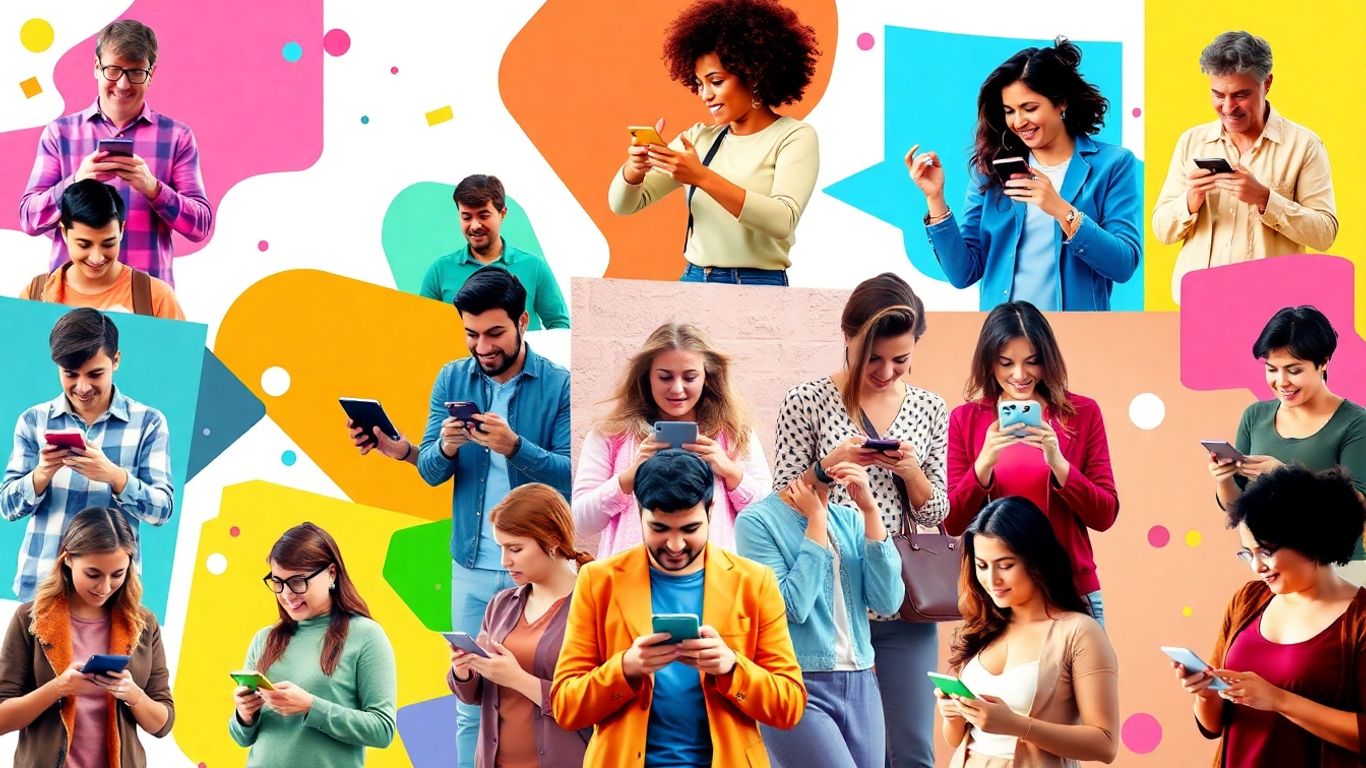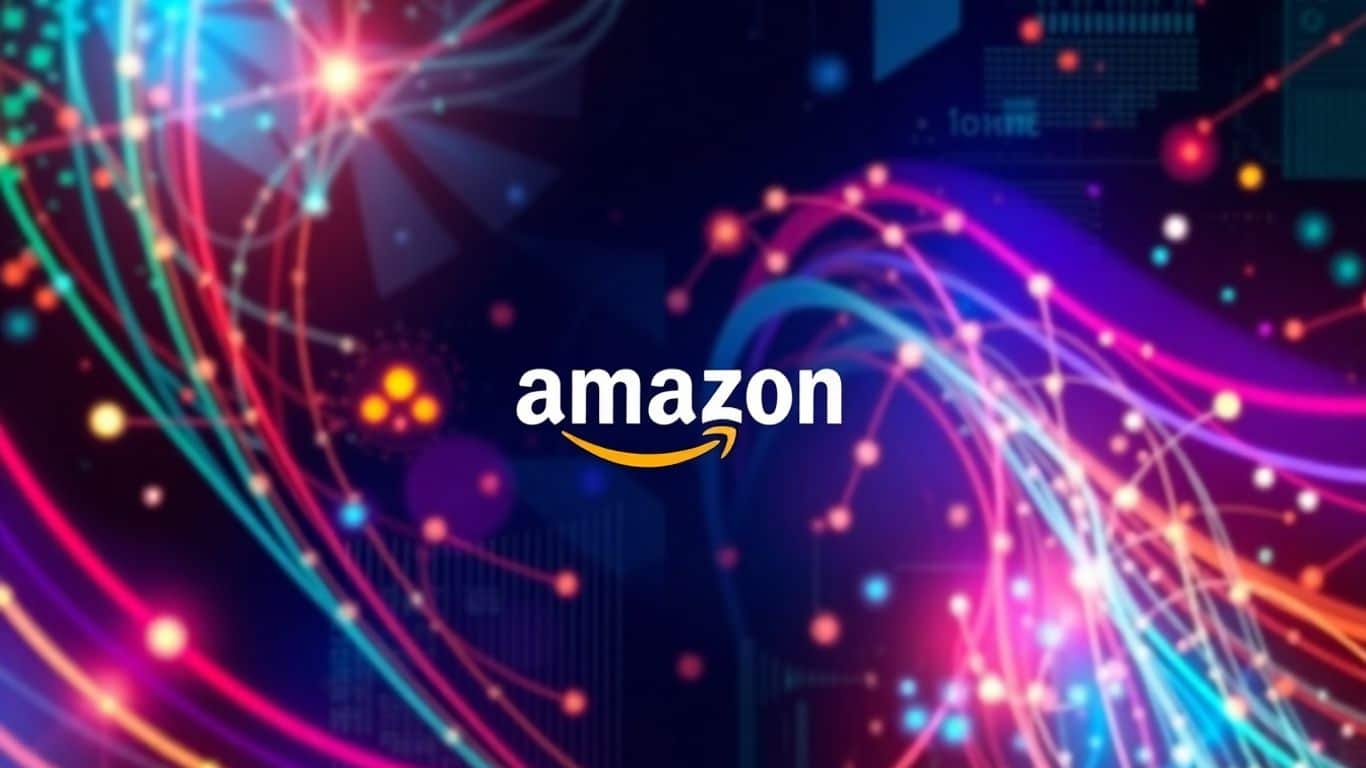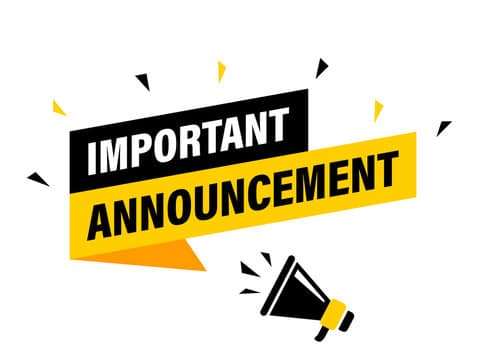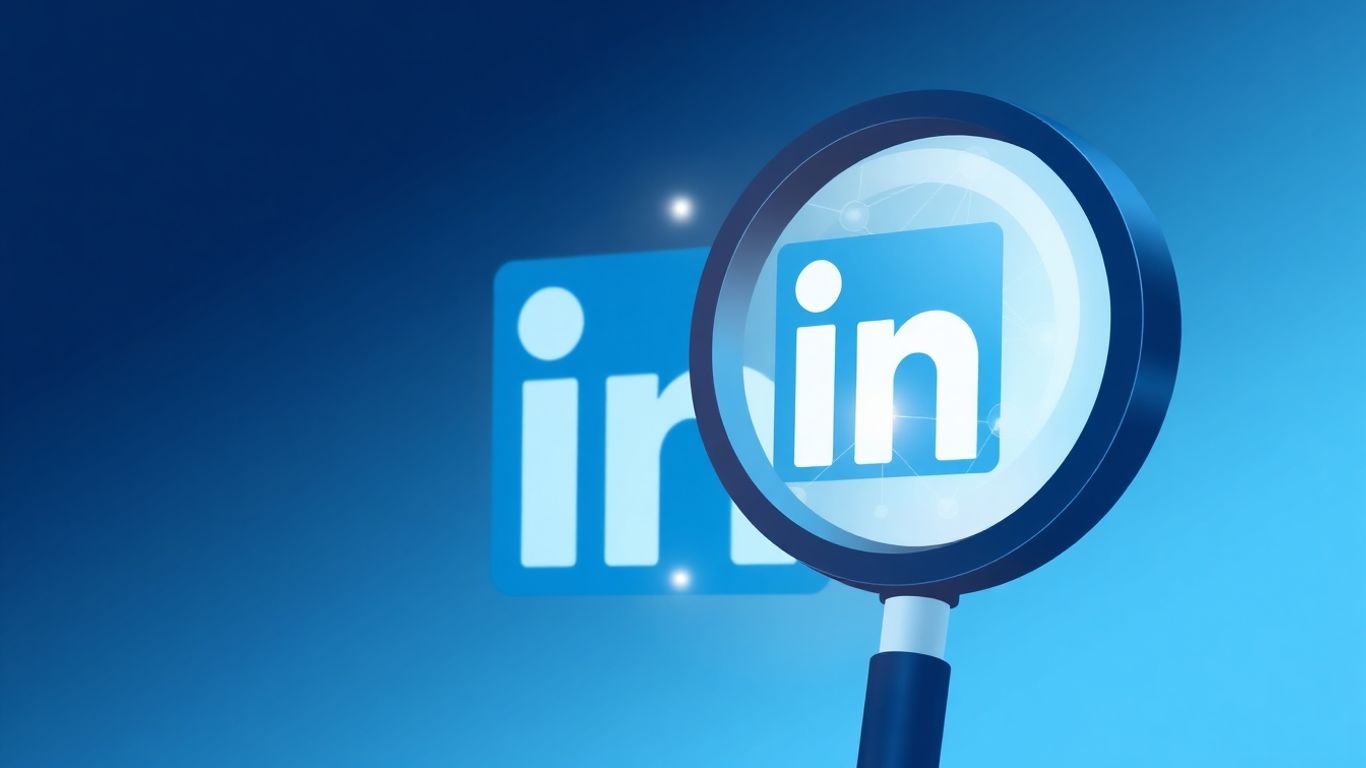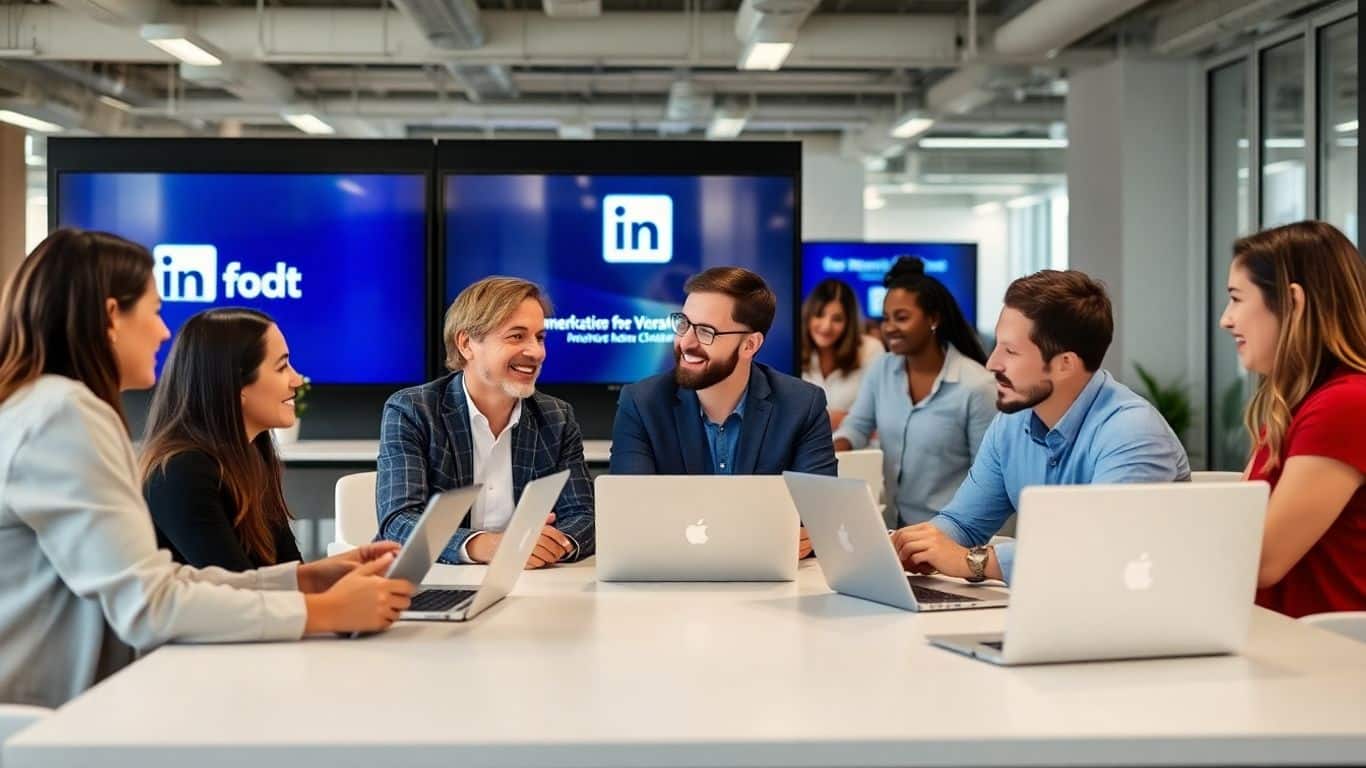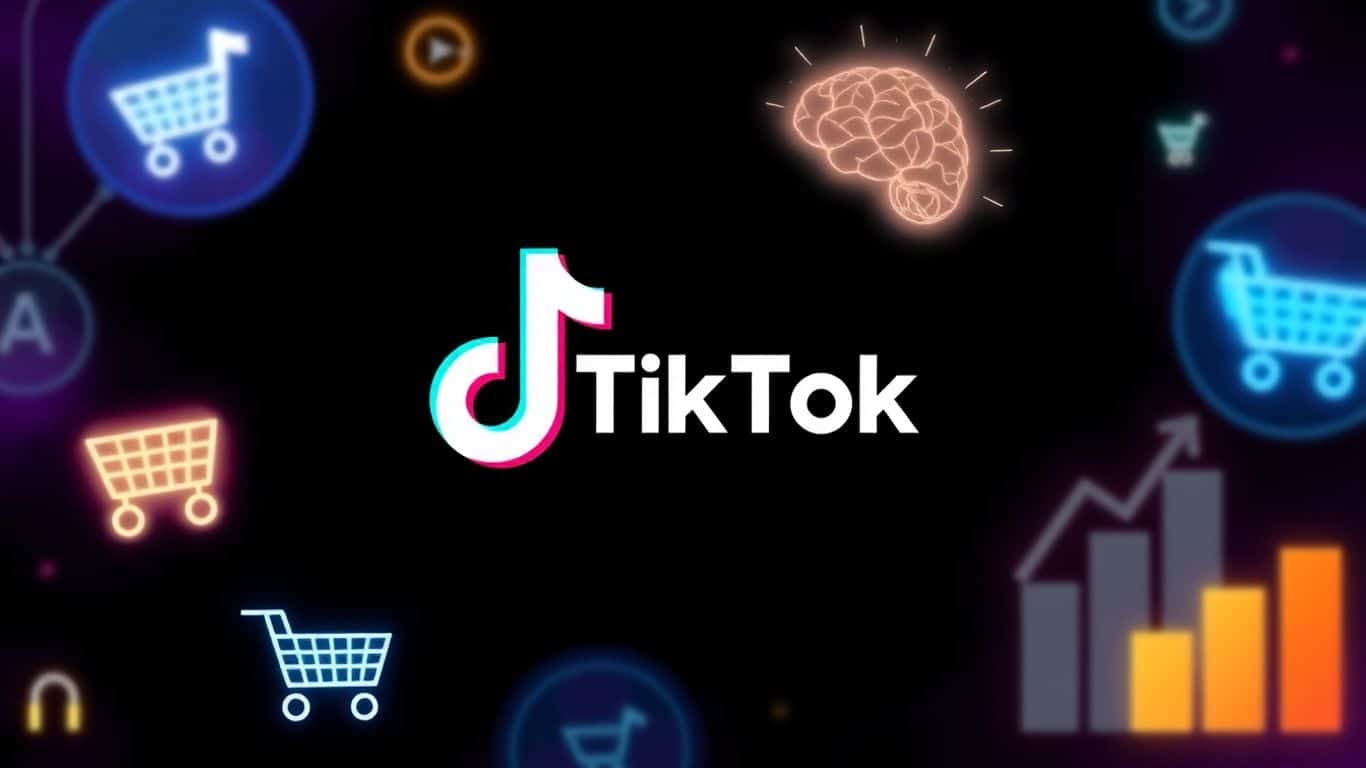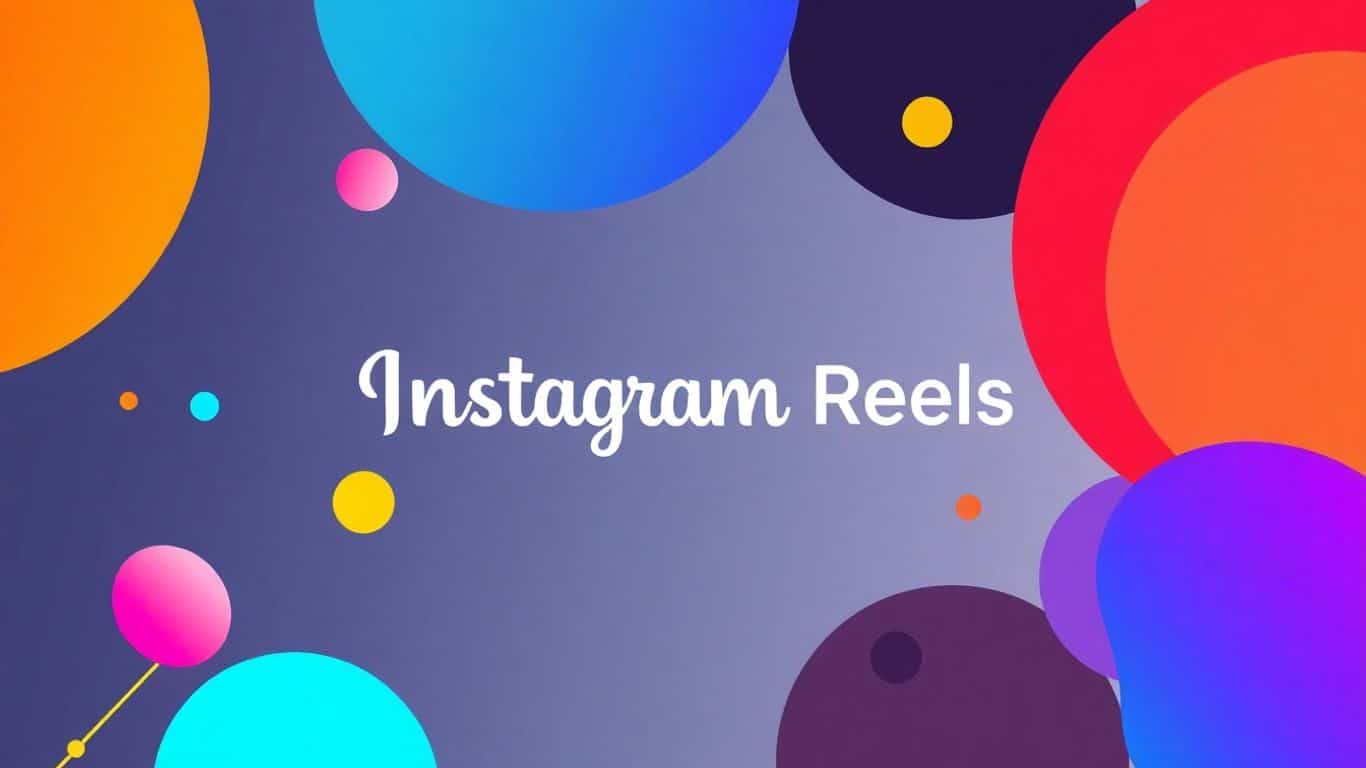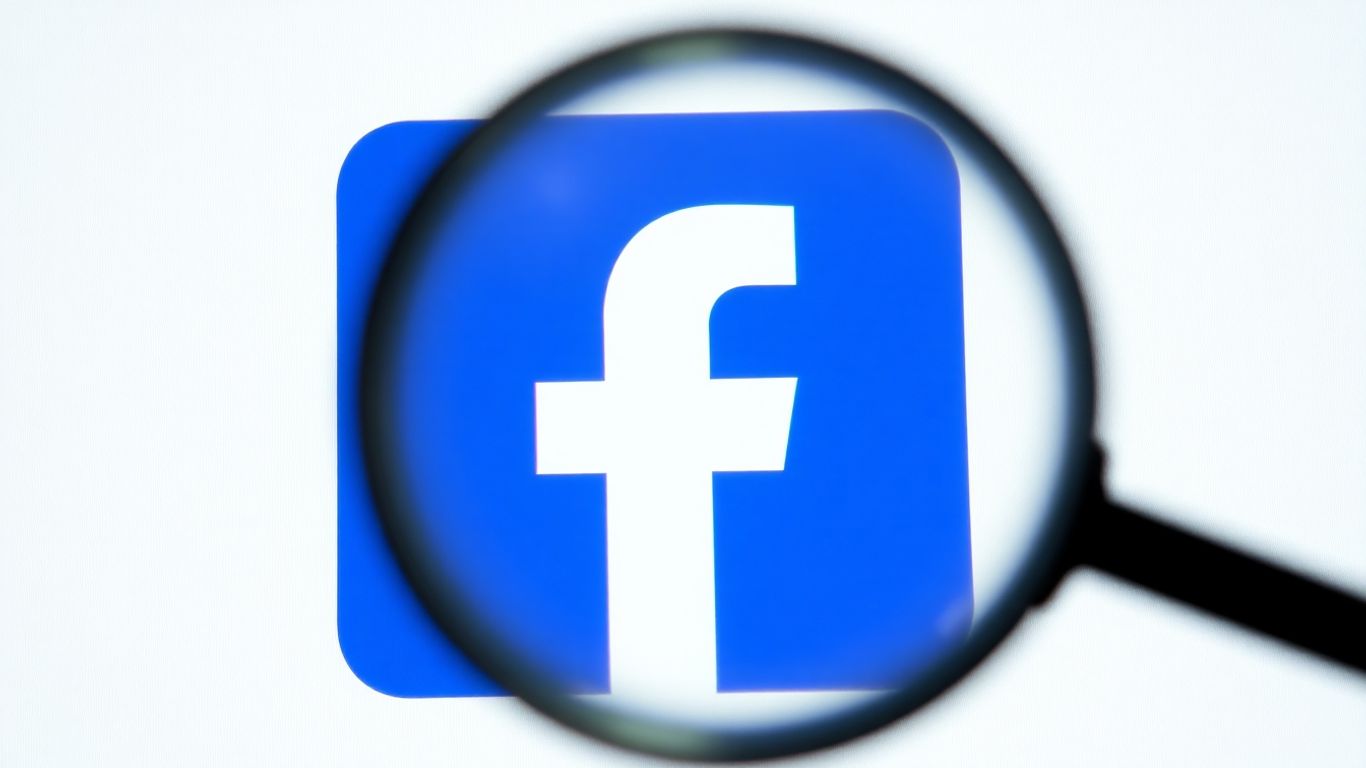LinkedIn has released a series of changes that are reshaping the way marketers approach their campaigns and content strategies on the platform. These updates aim to foster transparency, streamline content creation, and leverage AI, setting a new course for professional engagement and brand growth.
Key Takeaways
- Brand Partnerships must now be clearly labelled, encouraging transparency.
- Enhanced newsletter tools simplify creation, boost engagement, and grow followers.
- Creators can now manage multiple newsletters to better segment audiences.
- AI integration with Microsoft Designer opens new creative possibilities.
Transparent Brand Partnerships
LinkedIn has introduced a Brand Partnerships label for public posts where creators receive compensation. Marketers must manually activate this label for each relevant post, ensuring audiences can easily distinguish partnership content from traditional advertisements. This shift not only ensures compliance with advertising regulations but also builds greater trust among professional audiences.
Enhanced Newsletter Capabilities
The newsletter toolset has received significant upgrades. The new interface helps marketers focus on delivering value by making the editing, layout, and media integration more intuitive. Noteworthy additions include:
- SEO Optimisation: Titles and descriptions can now be fine-tuned for discoverability.
- Drafts and Scheduling: Publish at peak times and refine content before going live.
- Embedded Podcast Support: Engaging audio can be played directly within newsletters, increasing retention.
Additionally, when someone subscribes to a newsletter, they automatically follow the author’s profile. This functionality creates an effortless path for marketers to expand their reach and improve the effectiveness of their organic posts.
Managing Multiple Newsletters
Previously restricted to a single newsletter per profile, LinkedIn now allows up to five newsletters per creator. This means marketers can customise content for distinct audience segments, each with unique messaging, publication frequencies, and themes. As a result, brands can more precisely tailor their thought leadership and promotion efforts.
AI-Powered Content Creation
In a leap towards integrating artificial intelligence, LinkedIn is testing Microsoft Designer—an AI-driven platform enabling users to create custom graphics using simple text prompts or existing images. Early feedback suggests this will empower marketers to produce high-quality visuals with greater efficiency. However, experts recommend focusing on quality over quantity, using AI-enhanced posts a few times per week to maintain authenticity and drive engagement.
What Marketers Should Do Next
- Audit your current disclosure practices and ensure partnership labels are in use.
- Streamline your content pipeline by adopting LinkedIn’s new newsletter editor features.
- Experiment with multiple newsletters to test audience segmentation strategies.
- Embrace AI design tools, but maintain a focus on original, high-value content.
With these changes, LinkedIn reaffirms its position as an evolving, marketer-friendly platform—placing transparency, user experience, and innovation at the core of professional networking in 2024.
Sources
- LinkedIn Changes That Affect Marketers : Social Media Examiner, Social Media Examiner.


